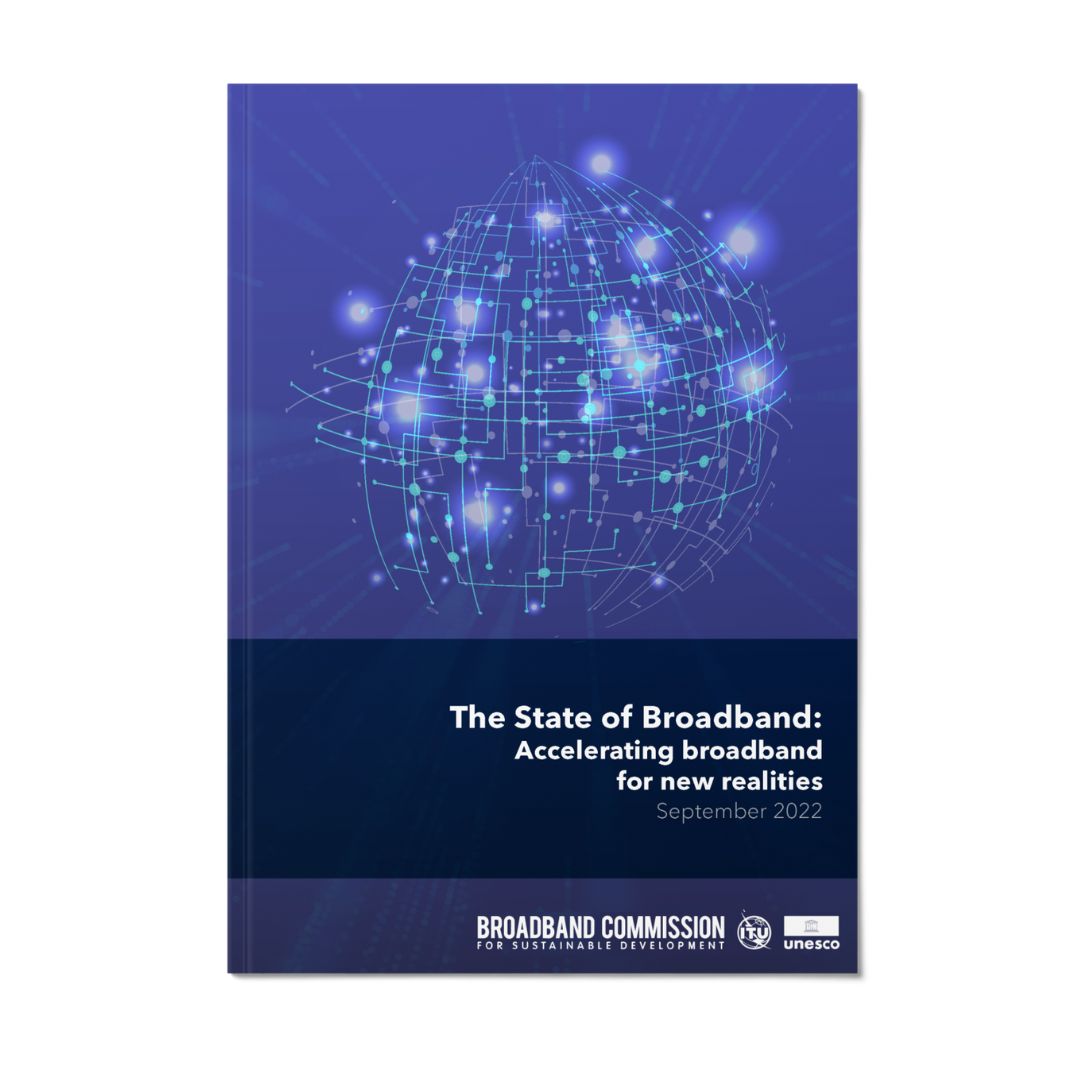As the ambition for universal connectivity becomes a norm, national states and multilateral organizations turn their minds to the protection and participation of children. After working with the Government of Rwanda on the Child Online Protection Policy in Rwanda, formally adopted June 2019, 5Rights Foundation has responded to requests from other States and organizations to provide a model for online safety policy that can serve as a basis for local initiatives.
Generously funded by The Global Partnership to End Violence Against Children, the Child Online Safety Toolkit was launched in May 2022. The Toolkit provides practical tools to help policy-makers from across the world to fulfil their international obligations. For some, it will be a starting point and for others it is to check their current policy against international best practice. It is country-neutral, informed by consultations conducted with Colombia, Brazil, Ghana, Zimbabwe, Cambodia and Sri Lanka as well as individual expert contributions.
It responds to the call for action from the UN Secretary-General in his Roadmap for Digital Cooperation (2020) by bringing together foundational resources: the UN Convention on the Rights of the Child (UNCRC) General comment No. 25 (2021) on children’s rights in relation to the digital environment; the ITU Guidelines on Child Online Protection; and WeProtect Global Alliance’s Model National Response. It has been endorsed by key international partners, including the European Commission, the World Health Organization, ITU, WeProtect Global Alliance and major international civil society platforms such as Eurochild, Child Rights Coalition Asia, Plan International, Terre des Hommes and ECPAT International among others.
The Toolkit includes:
-
A model child online safety that policy-makers can use or build from
-
Ten policy action areas for policy-makers to use in developing their own policy
-
Checklists and other auditing tools
-
Summaries and guidelines to global foundation documents
-
A glossary and definition of key terms
-
Signposts to international best practice examples
-
Diagrams and other explanatory materials to help communicate policy to other audiences


